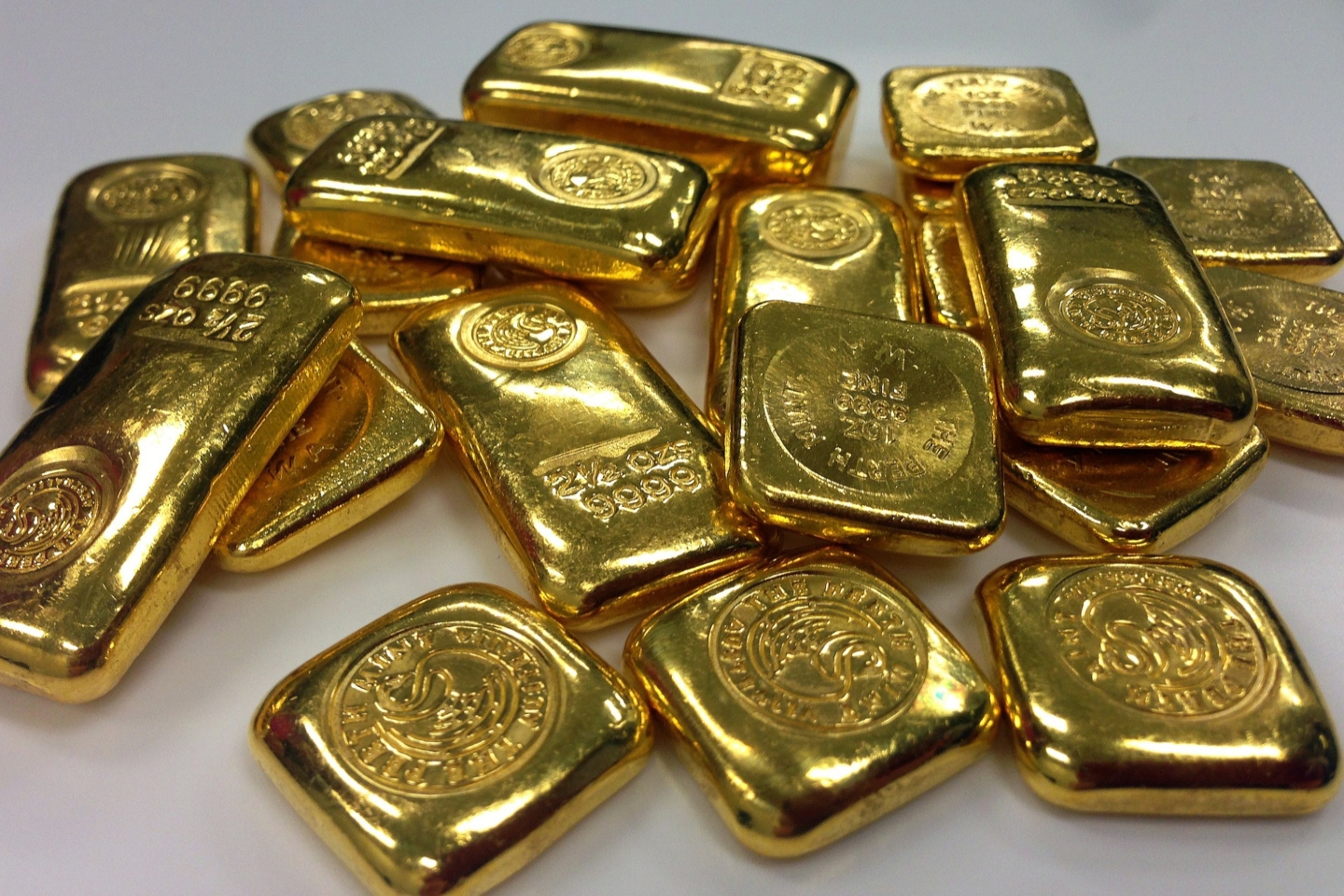Cyclone Metals has started its maiden New Zealand exploration program at its newly-acquired Mareburn and Macraes South gold projects. The projects are located adjacent to OceanaGold Corporation's 10-million-ounce Macraes gold deposit currently producing 155,000 ounces per year. Geochemical sampling will target known gold mineralisation and favourable cross-cutting structures that may mimic the 80-million-ounce Carlin trend in Nevada.

Cyclone Metals has started its maiden New Zealand exploration program at the newly-acquired Mareburn and Macraes South gold projects.
The projects are 40km north of Dunedin, adjacent to OceanaGold Corporation's 10-million-ounce Macraes gold deposit currently producing 155,000 ounces per year. Geochemical sampling will target known gold mineralisation and favourable cross-cutting structures.
The geochemical sampling program will use SuperTrace and Ionic Leach assaying techniques, overseen by Dunedin based RSC Consulting. Cyclone intends to use RSC for all future New Zealand exploration programs.
Cyclone Metals Chairman Terry Donnelly said: “The orientation sampling program, and site visit by a Cyclone geologist, to this prolific +10Moz gold producing area will start to advance these assets. With both projects contiguous to Oceania Gold Limited, Macraes Gold Mine, that has a 6Mtpa plant and 6-year mine life, any exploration success at Mareburn or Macraes South has the potential to add to that mine life.”
Cyclone has developed a new theoretical target for the tenements. The company says the geological model for Macraes goldmine is a Carlin style deposit and previous work has only targeted the thrust system.
The company points out at Carlin in Nevada, US, gold resources within the thrust system contain approximately 20 million ounces of gold with the cross-cutting fault system being host to another 60 million ounces of gold.
Cyclone says the thrust system at Macraes has produced 10 million ounces of gold and there are around 5 million ounces in reserves and resources.
It plans to test the cross-cutting fault systems for Nevada style gold mineralisation. If the ratio of gold hosted in the cross-cutting faults to that hosted in the thrust system is similar at Macraes to the Carlin trend, then a theoretical 40 million ounce target is possible.
Macraes South covers 434 square kilometres adjoining the Macraes gold mine to the south. Cyclone says the Macraes South gold project has had no drilling or substantive exploration, only regional mapping and structural interpretation.
Cyclone will target the cross-cutting fault system at Macraes South. With the tenements covering a significant area abutting the Macraes gold mine the potential is obvious.
The Mareburn gold project is only 2km north of the Macraes mine and is a high-priority target for Cyclone. The company argues Mareburn historical drilling located significant gold mineralisation within Macraes type thrust lodes.
Historical exploration data compiled by Cyclone at Mareburn shows soil sampling in 1991 and between 2004 and 2009 were oriented along northeast-southwest traverses.
The 1991 soil sampling was in one small area at a 50m line x 20m sample spacing and was analysed only for gold and arsenic. The 2004 to 2009 soil sampling was along lines 400m apart with samples at 40m intervals. The samples were analysed for gold, arsenic, antimony and tungsten only.
Cyclone believes the northeast striking faults that offset the Macraes style thrust mineralisation are highly significant to the location and development of mineralisation. The company emphasises neither of the previous soil sampling programs would have tested the hypothesis.
Cyclone will initially undertake an orientation soil sampling program across the northeast striking faults to define drilling targets.
OceanaGold’s Macraes mine on the South Island of New Zealand is the country’s largest active gold-producing mine. It has produced more than five million ounces of gold since 1990 and 2021 production is forecast in the 155,000-to-165,000-ounce range. Macraes has published gold resources and reserves of approximately 5 million ounces.
Macraes South and Mareburn were acquired in February 2022 when Cyclone Metals secured six exploration projects in New Zealand covering gold, copper, nickel and platinum group elements via its takeover of Grand Port Resources. Cyclone raised $500,000 through a share placement to fund exploration work on the New Zealand acquisition.
Cyclone Metals is an ASX listed mineral development and investment company. Cyclone has interests in several exploration and mining projects and companies, providing exposure to a range of commodities and countries.
The company has a strategy to acquire and invest in undervalued mineral assets and companies and aims to improve value through hands-on management, exploration, evaluation and development.
Cyclone considers New Zealand a premier resource investment destination with recent exploration success and new mines being approved adding to the appeal.
Is your ASX-listed company doing something interesting? Contact: matt.birney@businessnews.com.au














